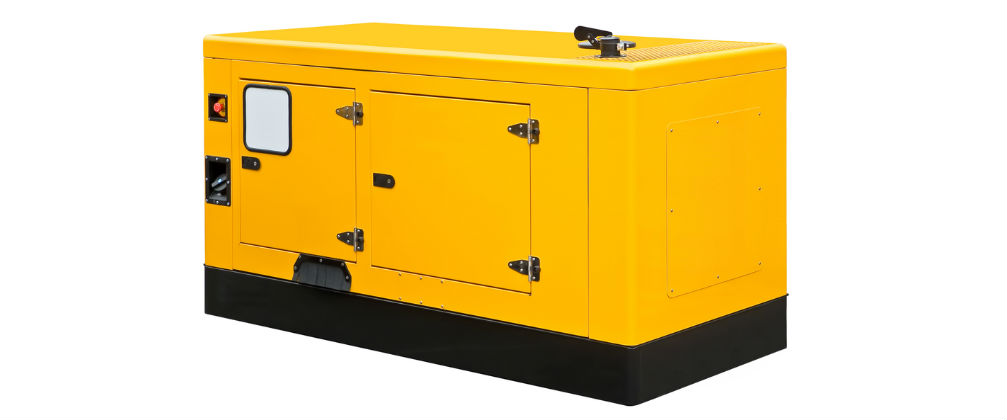


Nothing cleans the exhaust stream better than starting by injecting hydrogen into the combustion chambers to assist in completely burning all available fuel. The additional burned fuel offers more power on the downward stroke of the piston offering an advantage in efficiency. While there is a gain, there is also a small loss as fuel is used to create the hydrogen but as NOx reduction is the goal the neutral outcome is acceptable.
One thing that is clear, the American innovative spirit caught the HHO market by storm in thousands of garages just as fuel prices were at their highest in history. Significant mileage enhancements were chattered through the Internet as many people downloaded free hho plans so that their own testing could be had.
As an industrial solution, hho equipment became plagued by several problems that eventually tempered the pursuit. First, the power input was high, costing up to 12amps per liter (per minute) of hydrogen produced. Secondly, the caustic electrolytes traveled through the system and into engines which damaged aluminum parts. Thirdly, if not properly configured, systems would operate from the battery while the vehicle was not running it caused some minor explosions under the hood. Finally, the mileage enhancements greatly varied and newer vehicles were already efficiently combusting which would lower improvements.
But while everyone was focused on mileage improvement, we were focused on hydrogen enhanced combustion for emissions reduction. You see, the mileage enhancements came from a lean burn operation and we found that if you put in a lot of hydrogen that you can make emissions worse but at the right amount you could make significant NOx, HC, CO and PM improvements. While we quickly learned what hydrogen injection would do, we needed different equipment to provide a long term industrial solution.
The plasma reformer quickly won our hearts for it's compact design, low power requirements, high syngas output and no need for external chemicals or water to operate and a steady supply of fuel to break apart into syngas. While there could be some on road vibration concerns, the system is rock solid with no need for frequent maintenance or upkeep.
Copyright CMXI 2019.